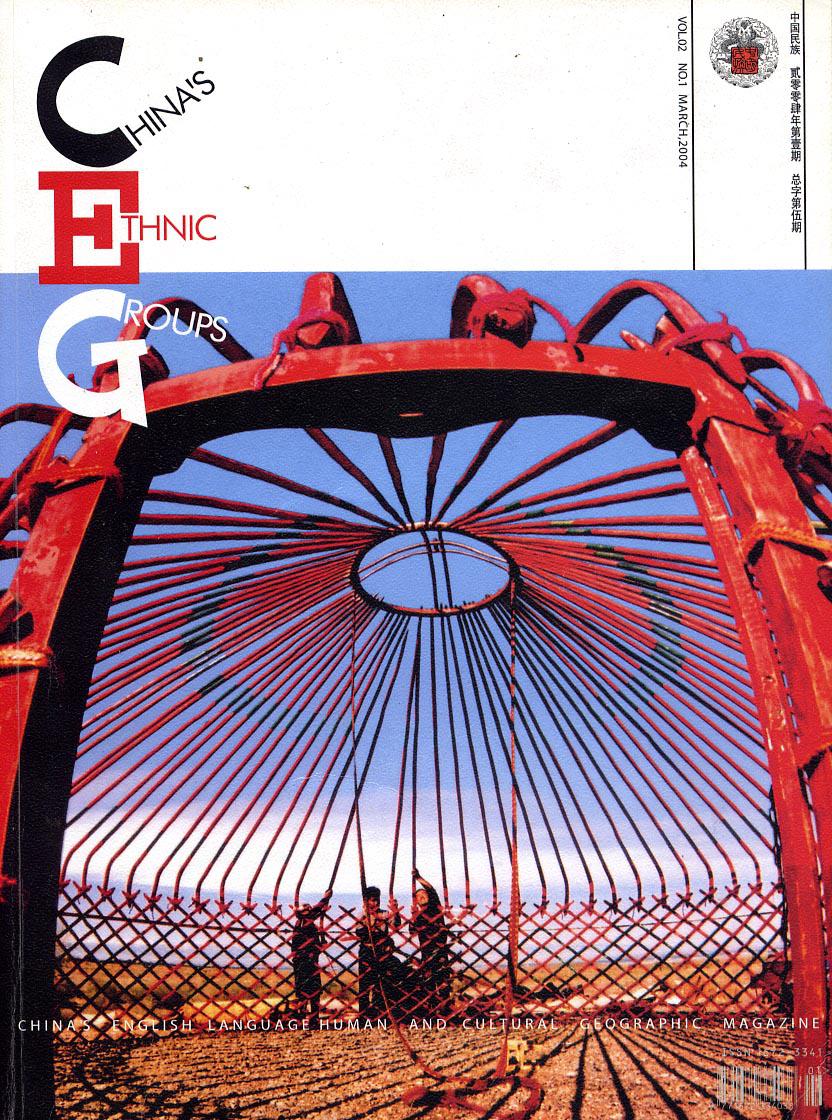The Chinese Van Gogh
Huang Yongyu, a renowned Chinese painter who lived in France, described Li Baorui as manic man, manic literature, manic works. He said that Lis works were outstanding both in history and today?and compared Li to Van Gogh.
Another renowned Chinese painter who lived in France Wu Guangzhong asked to have his portrait painted at the late 1960s. Li, who was then a student of the Central Academy of Arts & Design in Beijing was the one invited. When Li finished painting, Wu was so moved that he burst into tears.
It is hard to evaluate Artist Li Baorui with any kind of measurement. His paintings can neither be evaluated simply with the standards of Chinese painting nor be judged purely by the rules of Western paintings.
Li Baorui learnt his skills from Mr Wu Guangzhong and Mr Huang Yongyu. His education background has helped us set up an axis for understanding his paintings. His paintings, drawn on the rice paper, do not necessarily originate only from the traditional Chinese painting, but also have in them the skills of sketches, oil painting and fresco painting. Mr Wu Guangzhong was born for oil painting, and Mr Huang Yongyu became famous for his prints. Painting on the traditional Chinese rice paper, though both of them avoided using the concept of Chinese painting, they expressed a unique understanding of the Chinese painting. In artistic philosophy, Li Baorui has inherited from his teachers.
However, Li Baoruis works are a far cry from those of his teachers. His paintings incorporated the lines of sketches, the fun of decoration, the literature of woodcarving and the format of Chinese paintings, and created an exceptional style that belongs only to Li Baorui.
There is almost no limitation of topics in Li Baoruis paintings. He draws everything that comes into his mind and keeps on drawing until it “doesnt look like”the original thing. However, no matter what he paints, there can be found the mark of Li Baorui.
Li Baoruis style centers round the “iron lines”which he invented. The so-called “rron lines”are the lines that are hard and strait, just like iron. He uses such lines to express his understanding of everything, including those round and smooth. This is a unique artistic dialectic that is created by Li Baorui. It is neither the change in every stroke he makes nor the difference in the colour and wetness of ink in a single stroke that Li Baorui is pursuing, but the decorative structure and fun shown in force. This constitutes an art form that is different from other artists.
His inscriptions are totally the style of Chinas Han Dynasty, which neither follow the normal practice nor occupy the common position. Though he has inherited the format of the paintings of ancient Chinese literati, Li Baorui has not followed the style of these paintings. His inscriptions are not the regular script, cursive hand, the official script or the seal character, neither are they of Yan, Liu, Mi or Cai styles. He pays little attention to the proper beginning, development, transition and conclusion, as well as the structure of his inscriptions. He also differentiates himself from the others by using colour instead of pure ink in his inscriptions.
Li Baorui is an exceptionally assiduous artist. His assiduousness is also a part of his lunacy. Till now, just as Mr. Huang Yongyu has said, there is not a single piece of work by Li that he has not put in all his efforts and that is not against the common practice. However Li Baoruis paintings are comparable to any other paintings both in history and today.
- 中国民族(英文版)的其它文章
- Globalization and the Future of Anthropology
- Gazing At The Gates Of the Qinghai-Tibet Plateau
- Nomadism : One of the World’s Great Mysteries
- Last Nomads in China : Notes of the Everyday Life of Kazak Nomads in Xinjiang
- China And kites -a Cultural Reflection
- Yangjiabu : 500 Years of Pride, Paintings and Kites

